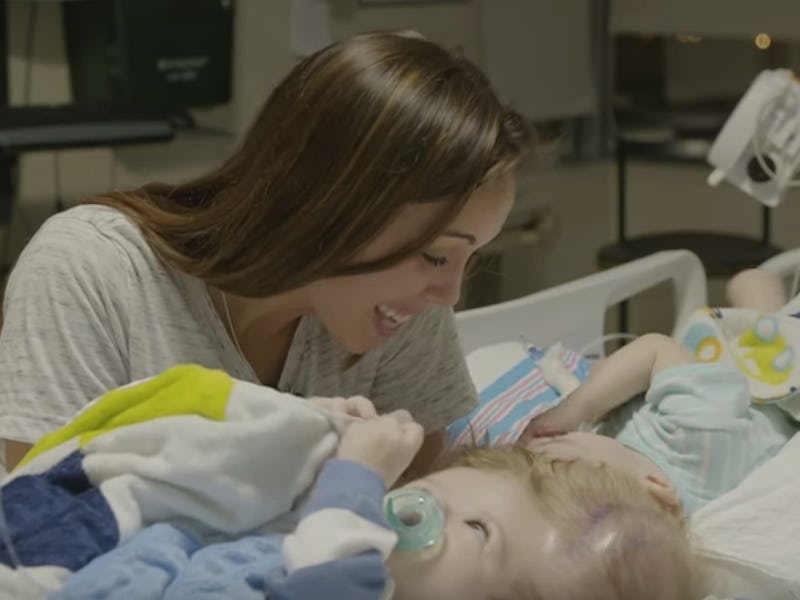Surgery to Separate Conjoined Twins Jadon and Anias a Success
It didn't take a miracle, just good science.

On Thursday, the 22 hour-long surgery to separate conjoined twins Jadon and Anias McDonald captured over 600,000 viewers on CNN’s Facebook livestream. Friday morning, surgeons at the Children’s Hospital at Montefiore Medical Center in the Bronx were happy to report the surgery was a success.
The exact reason for the conjoinment is unknown, but researchers speculate that it is either caused by an egg not fully dividing or an egg dividing and then rejoining. There is a 1-in-2.5 million chance that babies will be conjoined craniopagus (at the head).
The chance of survival for conjoined twins is slim, even before surgery. Approximately 40 to 60 percent of conjoined twins are stillborn, and about 35 percent survive only one day. Being joined at the head is the rarest of congenital abnormalities, only accounting for two to six percent of all conjoined twins each year. While conjoined twins who live past infancy can often live normal lives, in the case of the McDonald twins, Anias’s mother told CNN he suffered from breathing, feeding and vision problems.
Using a 3-D model, surgeons were able to map out the shared veins in the twins’ brains before separation.
The craniophagy surgery took 22 hours.
“This is the most important part because the vessels are so delicate and they’re so complicated,” neuroradiologist Joaquim Farinhas told CNN. “It’s almost a lake of veins that they’re trying to negotiate. It’s pretty amazing.”
The final act of the surgery was tying off the sagittal sinus of the twins. The biggest risk of craniopagus surgery is blood loss, which makes tying off the veins of the brain critical.
The McDonald twins share an inch and a half diameter of brain tissue. Craniopagus twins can also share parts of a nervous system, though this was not the case with the McDonald twins.
Yesterday’s surgery was the 59th craniopagus separation surgery performed since 1952.
After the separation, both twins were in surgery to have their skulls reconstructed by a plastic surgeon. Before the surgery, doctors used tissue expanders to make sure the twins would have enough skin to reconstruct the tops of their heads after. But the twins aren’t in the clear. Anias may not initially return to full health, paralyzed from moving one or both sides of his body at first, and as of this morning, he still had low blood pressure.
“They go back to a one-month-old,” leading surgeon Dr. James Goodrich told CNN. “They have to learn to sit. They have to learn to roll. They have to learn to walk. They basically go through a year-long period of a second infancy.”
As of Friday, a GoFundMe page for the twins had raised more than $169,000 for the twins.